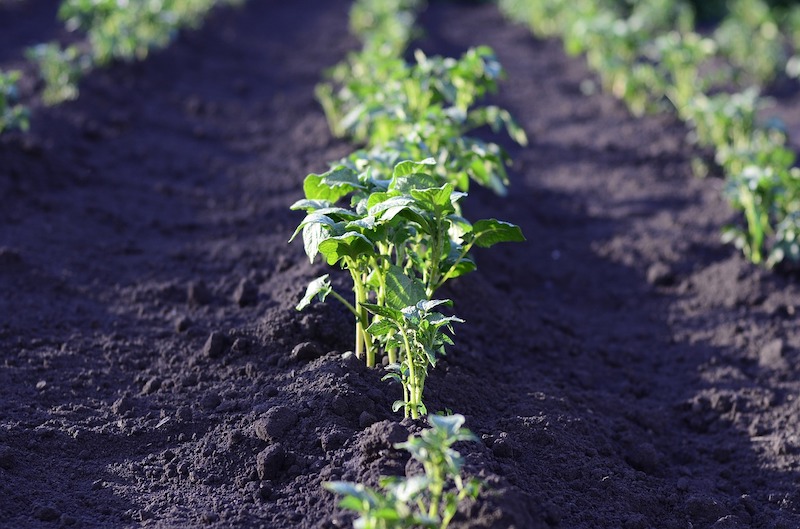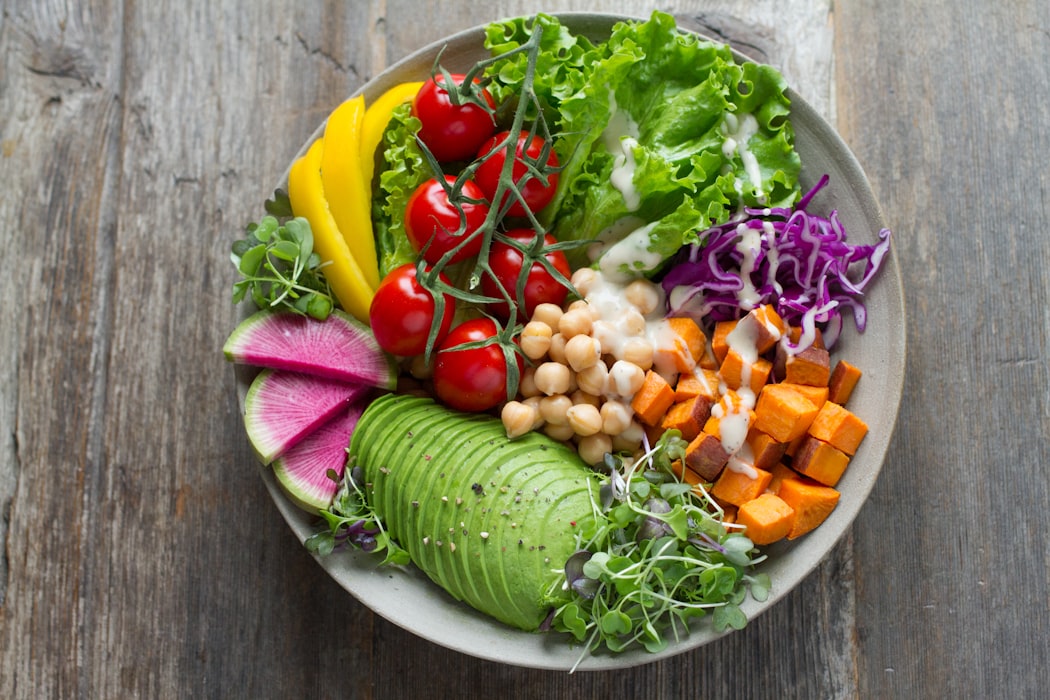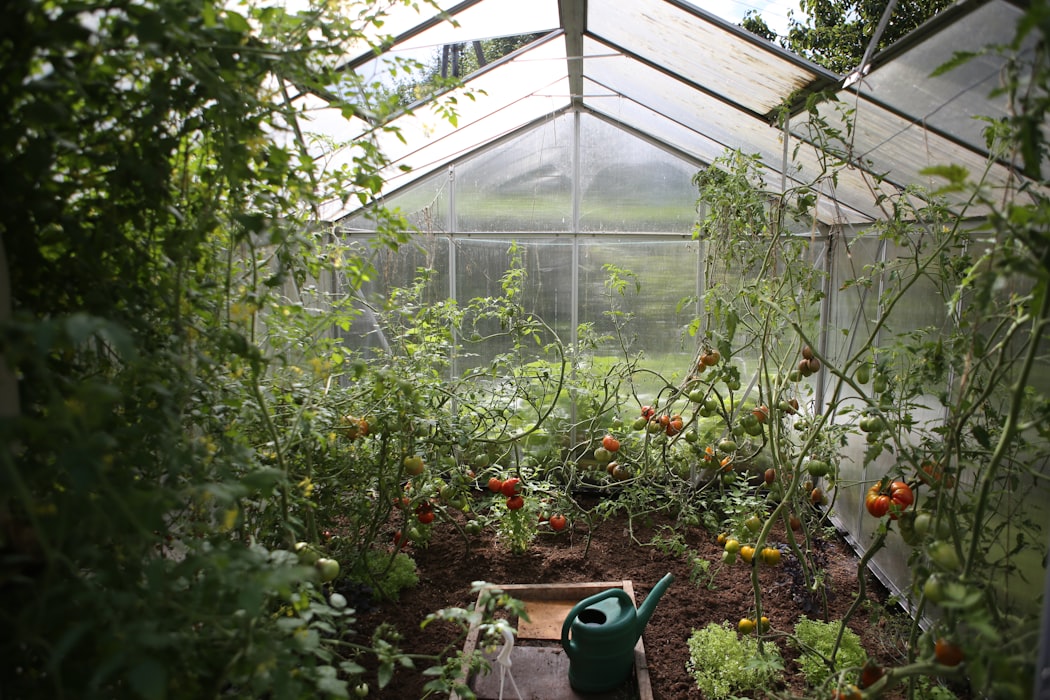Growing a plant is one thing, but growing a highly productive vegetable garden is a different, often tricky business. If you want vegetables all year long, planning is key. These 5 basic planning steps will help you start a vegetable garden for a year-round supply!
How To Plan A High-Yielding Vegetable Garden
Growing my own food is not just a hobby, it's an essential part of my family's lifestyle. Although I've been growing vegetables for some time now, I still have some struggles. These tips and tricks helped me maximize my garden output, and certain they will help you too!
Step One: Love Your Soil
How To Prepare Organic Garden Soil
Organic soil is key in any productive vegetable garden. Plants need sunlight, water, and nutrient rich ground to grow in a way that is healthy and productive.
Benefits Of Organic Matter
Organic matter is rich in beneficial microbes which make nutrients available for the plant roots. Garden compost and manure from organic farms are great sources of organic matter. Prepare the soil before the growing season starts by adding organic matter.
Organic matter can also be added to established plants like fruit trees and bushes to help increase productivity. You can also add rotten compost to the holes you've dug for hungry vegetables such as climbing beans or squash before transplanting.
Soil Amendment
Soil can either be a quick draining sand or waterlog-prone clay, both of which are unfit for productive vegetable gardening. However, both soil types can be amended by adding organic matter so that the sand can retain moisture and improve drainage in clay.
Composting
You can create your own organic soil by composting. This is the process of mixing carbon and nitrogen-based organic materials in rotting leaves and kitchen scraps. Microbes and organisms such as worms help break down organic matter, also known as vermicomposting. The product of this process is a rich, black material that can be added to the soil to make it nutrient-rich, helping grow productive vegetables.
No-Till Gardening
No-dig gardening is when you spread organic matter on top of the ground, then mix it with the rest of the soil using a garden fork. You can also use the same process for a raised bed.
Step Two: Plan Ahead
How To Plan Your Vegetable Garden Layout
As with every project, careful planning is essential to ensure success and avoid mistakes. Planning helps you identify where, when and what to grow. This will, in turn, ensure no soil is left idle and there are always vegetables ready to be harvested.
Where To Grow
A sunny and unshaded part of the garden is the ideal spot to grow vegetables. Depending on the plant variety, vegetables can be grown close to each other to maximize space. However, some need more room to flourish. Tomatoes, for example, need sufficient space apart for proper ventilation.
When To Grow
Planning will help you identify what varieties to grow in different seasons.
What To Grow
Planning is essential in this stage of gardening. Determining your hardiness zone will also help you identify the crops which are suitable for your area in different seasons.
Step Three: Choose The Right Varieties
What Varieties To Grow In Which Season
Maximize your harvest by choosing the most productive varieties in your allotted space. Climbing plants such as beans and peas grow vertically on trellises and vine supports, but will produce you an abundant harvest in the limited space they're allowed. Vines such as squash and melons are prolific, but you can plan to grow them in far off corners of the beds to maximize space.
Fast Growing Varieties
On the other hand, radish, salad leaves, and spring onions grow rapidly. You can sow them repeatedly, throughout the growing season, for continued harvest.
Succession Planting
For fast-growing crops, start seeds in succession. This will allow you to harvest now and expect more later. You can also easily change crops as the season changes. For example, cool season peas can be replaced with leeks after the harvest when the weather has become warmer.
Choosing Hybrid Varieties
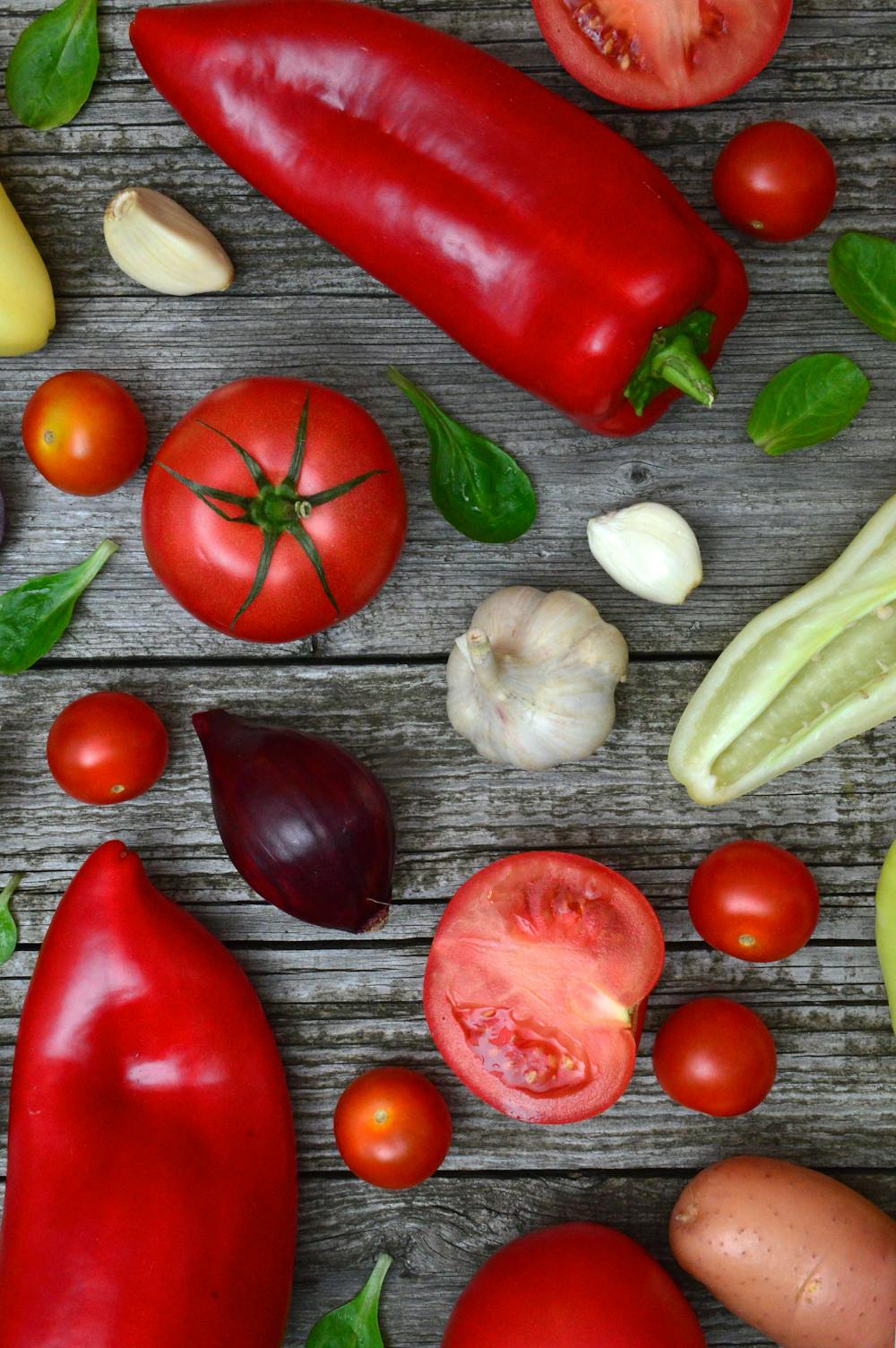
You can choose to grow hybrid varieties which have been bred to be high yielding, disease, and drought-resistant, or have bigger and more predictable yields. A lot of crops are also available to be enjoyed for more than just their fruits, such as beet, kohlrabi, and onions with edible greens.
Step Four: Grow Year-Round
Grow All-Year Round Using Season Extenders
Productive gardeners do not only utilize the summer growing season. You can grow all year round with planning and use of season extenders such as raised beds, greenhouses, high tunnels, and cloches or row covers.
Greenhouse Or High Tunnel Gardening
A complete or glass greenhouse can be very expensive but you can build an inexpensive and reasonably affordable greenhouse in the form of a high tunnel. It functions just the same for a fraction of the price of the standard ones.
Growing Crops In Coldframe
You can start tender crops such as tomatoes, cucumbers, and chili peppers in cold frames to give you a head start when the weather outdoors has become warm enough.
Starting Seeds Indoors
One gardening task you can do during the cold winter months is to start cool season crop seeds indoors to make the most of the cold season. These seedlings can be planted outdoors once danger of frost has passed for cool season crops or when the weather is warm enough for summer crops.
Row Tunnels, Cloche Or Row Covers
You can also help speed up the growing season by growing under row tunnels or use plastic covers to help the soil warm up faster. Spread plastic at least two weeks before the growing season to trap the sun's warmth in the soil.
Vegetable Gardening In Raised Beds
[instagram url=https://www.instagram.com/p/BxpK7UIDqAZ/ hidecaption=true width=625]
A raised bed is also a season extending tool for vegetable gardening. The soil in a raised bed warms up faster for spring planting or stays warm during fall. Row covers and tunnels can also be easily installed in a raised bed.
Step Five: Eliminate The Competition
Natural Ways To Deal With Pests And Weeds
Weeds, pests, and diseases are some of the pesky troubles when vegetable gardening. Luckily, there are natural ways to deal with these problems. Physical barriers, matrix or companion planting, and mulches are some of these natural ways. Find out more about them below.
Eliminating Weeds
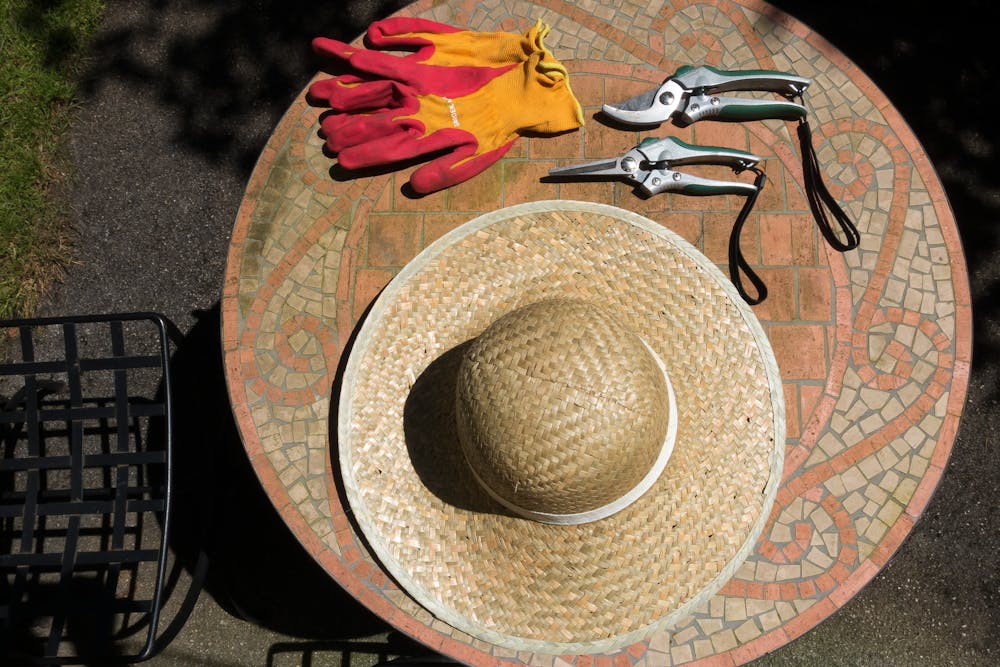
Weeds need to be dealt with right away, or your plants will have too much competition. Keep weeds in check by hoeing regularly or pulling them with your hands. Preparing your bed a few weeks before planting can help you eliminate weeds by regularly hoeing the weeds down.
Eliminating Pests

Pests and diseases are also a problem leading to failed crops and disappointment on your part. They slow down growth and compromise your garden's productivity. Different pests call for different methods of dealing with each. Find out more about garden pests and how to deal with them here.
Inviting Beneficial Insects

Insects like ladybugs, butterflies, bees, and spiders are essential for a balanced ecosystem even in your garden. They not only aid in pollination but also prey on insects which can be destructive to your vegetables. You can invite them over by providing a suitable environment or habitat for these beneficial insects.
Benefits Of Mulching
[instagram url=https://www.instagram.com/p/BxpQTHBHZT_/ hidecaption=true width=625]
Mulching does not only help retain moisture in the soil for your plants. It also effectively helps suppress the weeds in your plant bed. Both plastic mulch and organic mulch are effective but if you are planning for companion planting, organic mulch is ideal.
Benefits Of Companion Planting
Companion planting is a natural and effective way to suppress weeds, invite beneficial insects and repel harmful pests for your vegetable garden. In certain conditions, it can also help improve the soil for a variety of vegetables. For example, you can grow the sister plants, squash, beans, and corn together. Beans provide nitrogen in the soil which is essential for squash and corn. The squash, in turn, acts as a living mulch for the beans, while the corn acts as a living pole for the beans.
Watch the full and step-by-step guide to planning a productive garden in this video:
Growing vegetables for your own food is easier said than done, especially if you're new to vegetable gardening. But any new gardener can grow a highly productive garden with dedication and these 5 steps.
Got more tips in planning a vegetable garden this growing season? You can share your ideas in the comments below.

